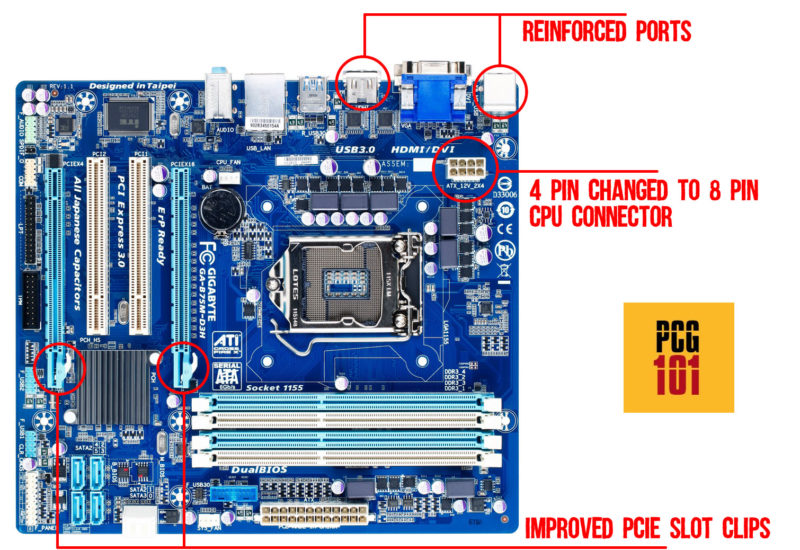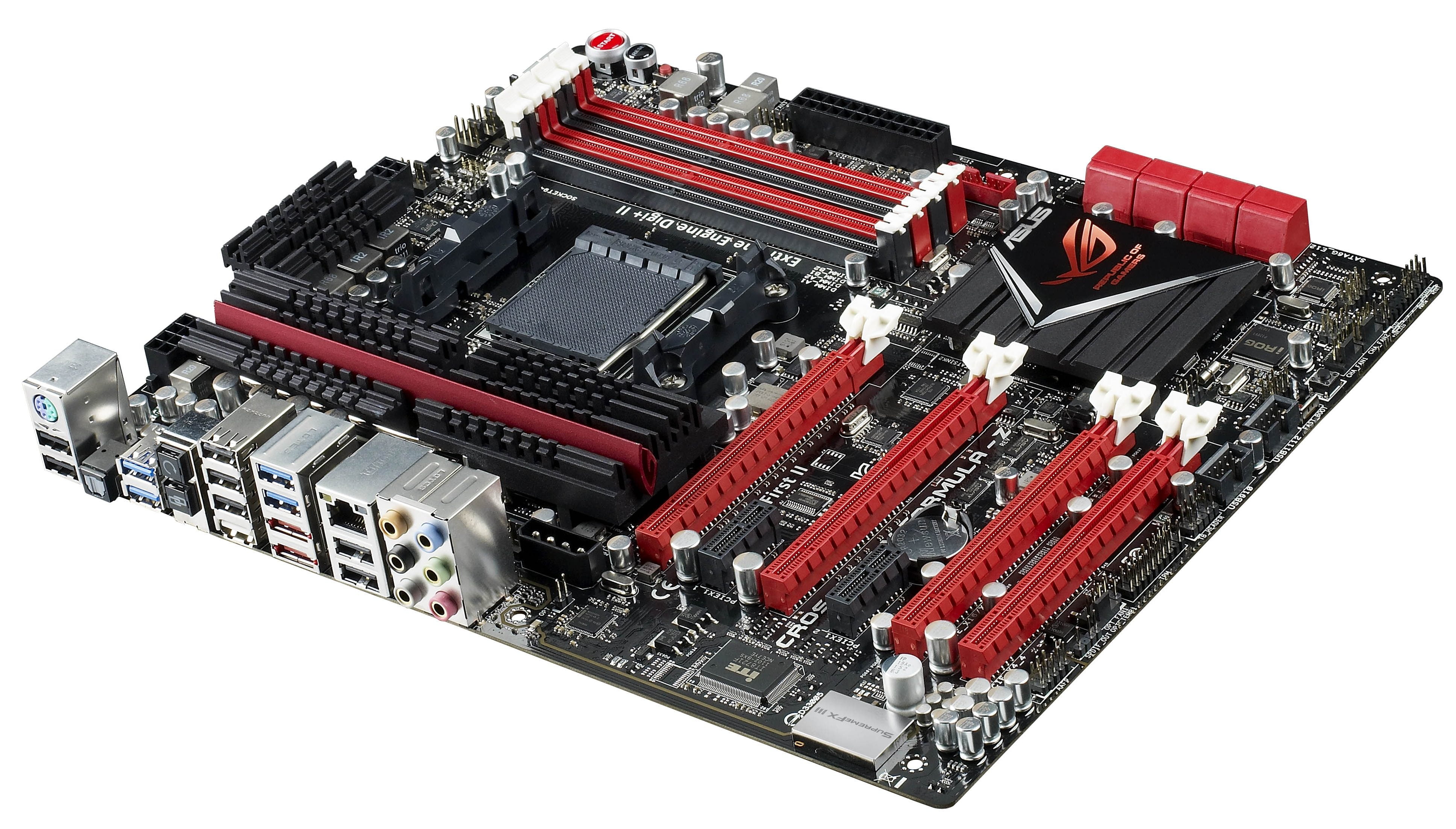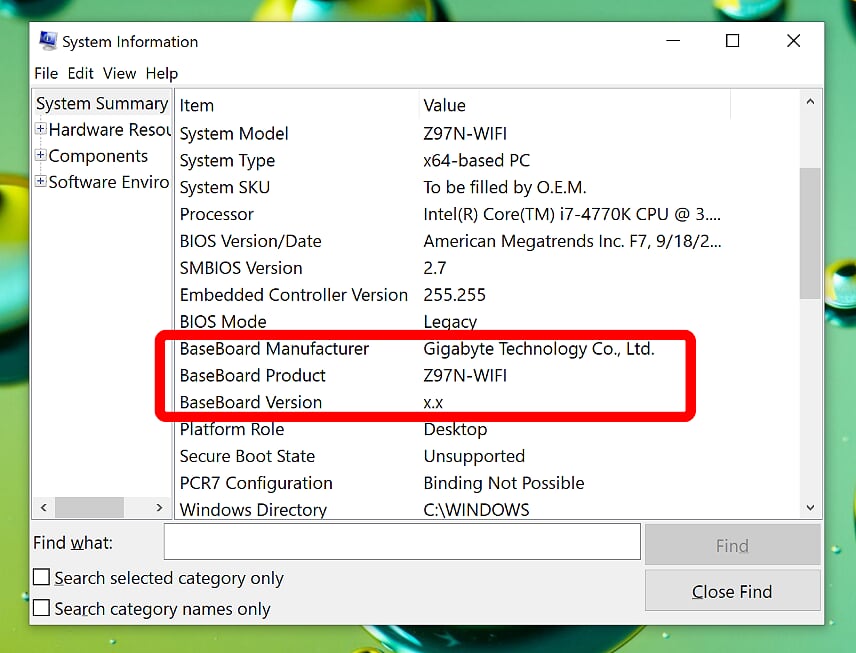Master Your System: A Comprehensive Guide On Identifying Your Motherboard
Knowing your motherboard is crucial for optimizing your computer's performance, troubleshooting issues, and upgrading components. Whether you're a tech enthusiast or a casual user, identifying your motherboard can unlock valuable insights into your system's capabilities. With various tools, software, and methods available, the process of determining your motherboard's specifications has never been easier. In this guide, we'll walk you through step-by-step instructions and provide expert tips to ensure you can confidently answer the question, "How to know my motherboard?"
Beyond just identifying your motherboard, understanding its specifications can help you make informed decisions when purchasing new hardware or troubleshooting system errors. Whether you're running a Windows or macOS-based machine, the methods outlined in this article are designed to cater to all types of users. This guide is not only informative but also practical, ensuring you gain actionable knowledge to enhance your computing experience.
As we delve deeper into the topic, you'll discover the importance of knowing your motherboard's model, chipset, and BIOS version. These details are essential for compatibility checks, firmware updates, and ensuring your system runs smoothly. With the increasing reliance on technology, having a clear understanding of your motherboard's specifications can save you time and money in the long run.
Read also:Luxmoviein Your Ultimate Destination For Cinematic Excellence
- Introduction to Motherboard Identification
- Why Knowing Your Motherboard Matters
- Step-by-Step Guide to Identifying Your Motherboard
- Tools and Software for Motherboard Detection
- How to Know My Motherboard Using Windows Command Prompt?
- How to Know My Motherboard in macOS?
- Understanding Motherboard Specifications
- How to Check BIOS Version and Firmware Updates?
- Troubleshooting Common Motherboard Issues
- Conclusion: Empower Your Knowledge
What Is a Motherboard and Why Should You Care?
The motherboard is the backbone of your computer, connecting all components and enabling them to communicate seamlessly. It houses essential parts like the CPU, RAM, and storage devices, making it a critical component for system performance. Understanding your motherboard's specifications can help you make informed decisions about hardware upgrades, compatibility, and troubleshooting. Whether you're planning to overclock your CPU or install a new graphics card, knowing your motherboard's capabilities is essential.
How to Know My Motherboard Using Physical Inspection?
One of the simplest methods to identify your motherboard is through physical inspection. Open your computer case and locate the motherboard. Look for the manufacturer's name and model number, usually printed on the board itself. This method is particularly useful if you're dealing with a custom-built PC or older systems where software tools may not provide accurate information. However, ensure you take necessary precautions, such as disconnecting power and grounding yourself to avoid static damage.
How to Know My Motherboard Using Windows Command Prompt?
If you prefer a software-based approach, the Windows Command Prompt offers a straightforward method to identify your motherboard. Open the Command Prompt and type "wmic baseboard get product, manufacturer, version, serialnumber." This command retrieves detailed information about your motherboard, including its model, manufacturer, version, and serial number. This method is quick, reliable, and doesn't require any third-party software, making it ideal for users who prioritize simplicity and efficiency.
Why Is It Important to Know Your Motherboard Specifications?
Understanding your motherboard's specifications goes beyond mere identification. It empowers you to make informed decisions about hardware upgrades, compatibility checks, and system optimization. For instance, knowing your motherboard's chipset can help you determine which CPUs and GPUs are compatible with your system. Additionally, being aware of your BIOS version ensures you can install the latest firmware updates, enhancing system stability and performance. With the right knowledge, you can unlock your computer's full potential and avoid costly mistakes.
What Are the Key Specifications to Look for When Checking Your Motherboard?
When identifying your motherboard, focus on key specifications such as the model number, chipset, form factor, and BIOS version. The model number helps you find detailed information about your motherboard's capabilities, while the chipset determines compatibility with other components. The form factor dictates the physical dimensions of your motherboard, influencing the type of case you can use. Lastly, the BIOS version ensures you have access to the latest updates and features, enhancing your system's overall performance.
How to Know My Motherboard in macOS?
For macOS users, identifying your motherboard requires a slightly different approach. Open the "About This Mac" menu and click on "System Report." Navigate to the "Hardware" section and look for detailed information about your motherboard, including its model, manufacturer, and specifications. While macOS doesn't provide as much detail as Windows, this method is sufficient for most users. Additionally, third-party tools like iStat Menus can provide more comprehensive insights into your system's hardware.
Read also:Bhad Bhabies Political Stance Does She Support Trump
Tools and Software for Motherboard Detection
Several tools and software solutions can help you identify your motherboard with ease. Popular options include CPU-Z, Speccy, and HWInfo. These programs provide detailed information about your motherboard, including its model, chipset, BIOS version, and other specifications. CPU-Z is particularly user-friendly, offering a clean interface and accurate data. Speccy, on the other hand, provides a more comprehensive overview of your entire system, making it ideal for users who want a holistic view of their hardware.
Understanding Motherboard Specifications
Once you've identified your motherboard, it's essential to understand its specifications. Key details include the number of RAM slots, supported memory types, PCIe slots, and storage interfaces. These factors influence your system's expandability and future-proofing potential. For instance, if you plan to upgrade your RAM or install additional storage devices, knowing your motherboard's limitations can save you time and money. Additionally, understanding your motherboard's cooling solutions and power delivery capabilities ensures your system remains stable under load.
How to Check BIOS Version and Firmware Updates?
Checking your BIOS version and firmware updates is crucial for maintaining system stability and performance. In Windows, you can use the Command Prompt by typing "wmic bios get smbiosbiosversion." This command retrieves your BIOS version, allowing you to verify if updates are available. Visit your motherboard manufacturer's website to download the latest firmware updates. Ensure you follow the installation instructions carefully to avoid bricking your system.
Troubleshooting Common Motherboard Issues
Identifying your motherboard can also help you troubleshoot common issues. Problems such as boot failures, system instability, and hardware incompatibility often stem from motherboard-related issues. By knowing your motherboard's specifications, you can pinpoint potential causes and implement effective solutions. For instance, if your system fails to boot, checking your BIOS settings or updating the firmware may resolve the issue. Similarly, ensuring your motherboard supports the latest hardware can prevent compatibility problems.
Conclusion: Empower Your Knowledge
Knowing your motherboard is more than just a technical exercise; it's a gateway to unlocking your system's full potential. By following the methods outlined in this guide, you can confidently answer the question, "How to know my motherboard?" and gain valuable insights into your computer's capabilities. Whether you're a tech enthusiast or a casual user, understanding your motherboard's specifications empowers you to make informed decisions about hardware upgrades, compatibility checks, and system optimization. With the right knowledge and tools, you can take control of your computing experience and achieve peak performance.
Article Recommendations


